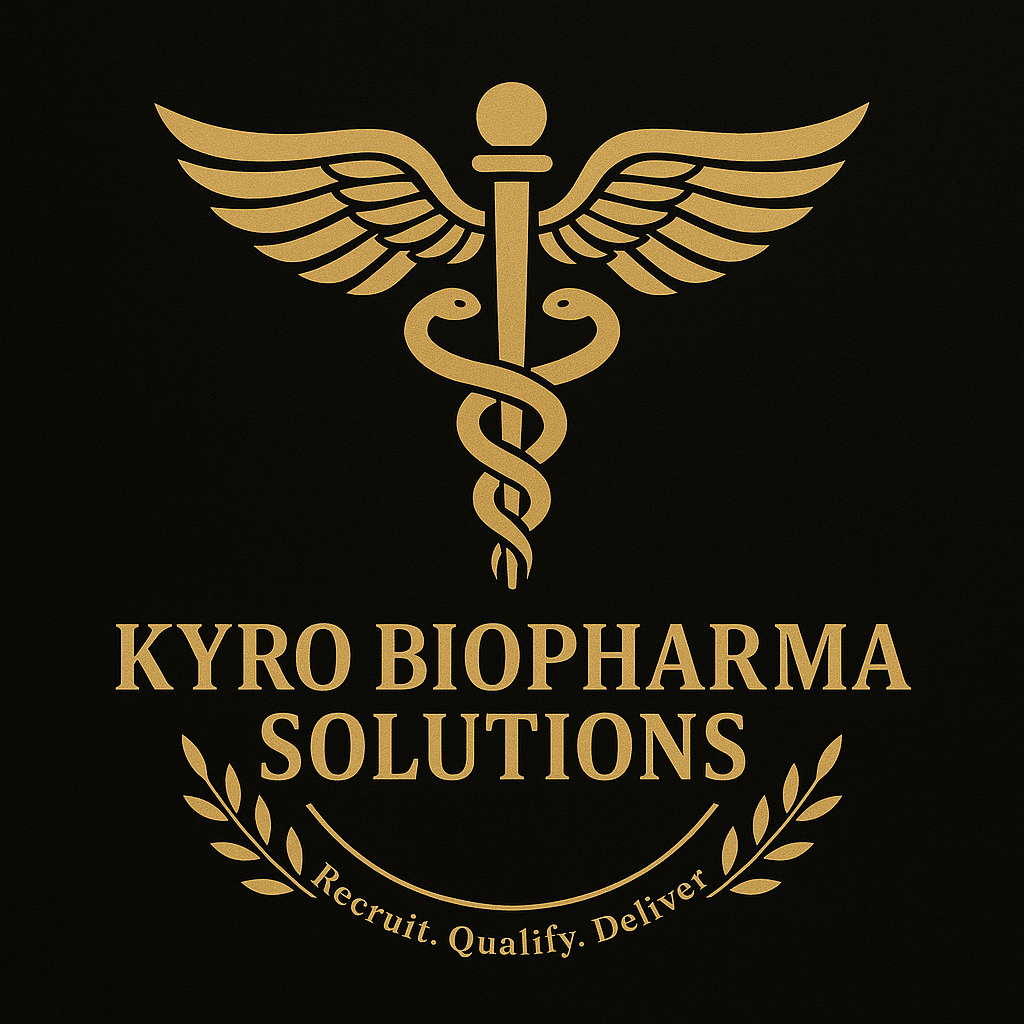Pharmaceutical Process Equipment Improvements and Water Safety
- KBPS Newsroom

- Oct 11
- 4 min read
Water safety is a critical aspect of the pharmaceutical industry. As a vital ingredient in many formulations and a key component in various processes, ensuring the quality and safety of water is paramount. With increasing regulatory pressure and technological advancements, the focus on water safety has never been more important. In this blog post, we will explore the significance of water safety in the pharmaceutical industry, the role of regulatory compliance, recent technological advancements, and best practices. We will also examine how improvements in process equipment contribute to maintaining water quality and ensuring safety in pharmaceutical production.
The Importance of Water in Pharmaceutical Processes
Water is often referred to as the universal solvent and plays a critical role in pharmaceutical manufacturing. It is used in various applications, including:
Formulation of drugs: Water is a common solvent for dissolving active ingredients and other excipients.
Cleaning and sanitation: It is essential for cleaning equipment and maintaining sterile conditions.
Cooling: Water is often utilized in cooling systems during production processes.
Given these vital uses, the quality of water directly impacts the efficacy, safety, and stability of pharmaceutical products. Contaminated water can lead to product recalls, non-compliance with regulatory standards, and ultimately, patient harm. Therefore, pharmaceutical companies must prioritize water safety throughout their operations.

Regulatory Compliance in Water Safety
Regulatory bodies, such as the U.S. Food and Drug Administration (FDA) and the European Medicines Agency (EMA), enforce strict guidelines to ensure water quality in pharmaceutical processes. These regulations set stringent standards for contaminants, including microorganisms, heavy metals, and organic compounds.
The following are key regulations that influence water safety in the pharmaceutical industry:
Good Manufacturing Practice (GMP): This set of guidelines emphasizes the importance of water quality in all stages of production and mandates regular testing.
Pharmacopeia standards: These are official publications that set quality standards for medicines and their components, including water for injection (WFI) and purified water.
Failing to comply with these regulations can result in severe consequences, such as fines, halted production, and damage to reputation. Therefore, pharmaceutical companies must stay updated on regulatory changes and implement necessary measures to ensure compliance.
Technological Advancements in Water Quality Management
Technological advancements have significantly improved water quality management in the pharmaceutical industry. Here are some key innovations:
Advanced filtration systems: Ultrafiltration and reverse osmosis systems ensure the removal of contaminants before water is used in manufacturing processes.
Real-time monitoring: Implementing sensors and automation technology allows for continuous monitoring of water quality parameters, such as pH, conductivity, and turbidity.
Data analytics: Utilizing big data analytics can help companies identify trends and potential issues in water quality, driving proactive measures to ensure safety.
These innovations not only enhance water quality but also streamline operations and reduce the risk of contamination. By investing in modern technologies, pharmaceutical companies can maintain high standards of water safety and operational efficiency.

Best Practices for Ensuring Water Safety
In addition to adhering to regulations and leveraging technology, implementing best practices is essential for maintaining water safety in pharmaceutical operations. Some of these practices include:
Regular testing: Schedule frequent water quality tests to identify potential contaminants and ensure compliance with standards.
Preventive maintenance: Regularly maintain and calibrate water treatment equipment to prevent malfunctions that could compromise water quality.
Training and awareness: Educate staff about the importance of water safety and proper handling of water in production and sanitation processes.
By adopting these best practices, pharmaceutical companies can create a culture of water safety that supports compliance and enhances product quality.
Process Equipment Improvements for Water Quality
Improvements in process equipment play a vital role in ensuring water quality throughout pharmaceutical production. Some key advancements include:
Efficient heat exchangers: Improved designs in heat exchangers minimize the risk of cross-contamination and ensure that water used in cooling and other processes remains uncontaminated.
Sterilization technologies: Innovations in sterilization equipment, such as nanotechnology and advanced UV treatments, help eliminate contaminants from water sources effectively.
Integrated systems: Modern process equipment often incorporates multiple functions, reducing the number of transfer points and minimizing contamination risks.
These improvements not only enhance water safety but also optimize production efficiency. Companies that invest in advanced process equipment are better positioned to maintain water quality standards and comply with regulatory requirements.

Continual Improvement and Future Trends
As the pharmaceutical industry evolves, the focus on water safety will continue to grow. Companies must remain adaptable and proactive in implementing improvements and new technologies. Some future trends include:
Sustainability: With increasing environmental concerns, there will be a push for sustainable water management practices that minimize waste and promote reuse.
Smart manufacturing: The integration of IoT devices and machine learning will enable more precise monitoring and control of water quality in real-time.
Regulatory advancements: As awareness of water safety rises, we can expect stricter regulations, driving continuous improvements in safety measures.
Incorporating these trends will not only ensure compliance with regulations but also enhance product quality and patient safety.
By prioritizing water safety through regulatory compliance, technological advancements, best practices, and process equipment improvements, the pharmaceutical industry can safeguard its operations and protect public health. Ultimately, commitment to water quality will ensure the delivery of safe and effective pharmaceutical products.



Comments